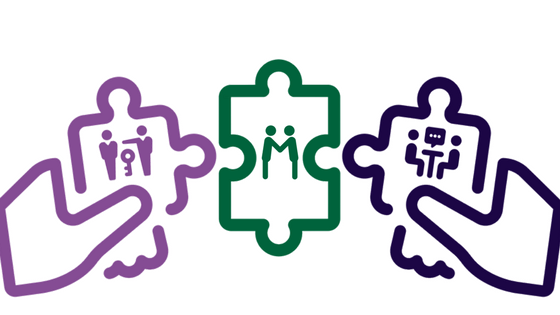 Of the Product Owners surveyed in The 2015 State of Scrum Report, only 24% felt empowered to do their jobs. When the Product Owner role lacks autonomy, clear definition, or proper support, the result is often confusion and frustration for not only the individual, but also the team and stakeholders. We’ve talked about the skills and responsibilities that make a great Product Owner, but what happens when an organization’s cultural and environmental constraints adversely impact a Product Owner’s success?
Of the Product Owners surveyed in The 2015 State of Scrum Report, only 24% felt empowered to do their jobs. When the Product Owner role lacks autonomy, clear definition, or proper support, the result is often confusion and frustration for not only the individual, but also the team and stakeholders. We’ve talked about the skills and responsibilities that make a great Product Owner, but what happens when an organization’s cultural and environmental constraints adversely impact a Product Owner’s success?
To ensure their team gets the vision and builds trust, manage the lifecycle of stakeholder requirements, and support their team in finding the best approach to achieve their goals, a successful Product Owner must first be empowered with the autonomy to do their job. They need the authority to make decisions as it pertains to completing and protecting the vision of the project / product, and to truly be successful in their role, Product Owners must be the single source of clarification and prioritization of requirements.
So, what steps can leaders within an organization take to empower their Product Owners? Here are a few recommendations:
Entrust.
First, select a qualified, trusted individual that can best represent the vision of the project or product. Qualification should be based on the individual most familiar with and / or a background in the product, not necessarily seniority. The selection of a Product Owner is extremely important as their role will be integral to the relationships with the team, stakeholders, and customers. The individual must first have a willingness to work with the team, while the team must be able to rely on the Product Owner for knowledgeable information and to quickly resolve or escalate impediments that impact the team’s progress. Stakeholders and customers must expect transparent communication from the Product Owner and trust that prioritization decisions are made in the best interest of the vision of the project / product. Granted, there may be times when managerial decisions or strategic priorities may override, but in general, the Product Owner should be empowered to push back or highlight conflicts with the project / product vision within reasonable bounds.
Enable.
Next, ensure the Product Owner’s role, responsibilities, and level of authority to make decisions (as it relates to the effort) are clear. The organization, the team, and stakeholders should know exactly who has been entrusted with representing the project / product vision to avoid bottlenecks and enhance accountability. While there may be a number of subject matter experts and stakeholders, the Scrum Guide states the Product Owner is one person – not a committee – assigned to a team. Any changes in requirements, or their priority, should always be routed through the Product Owner.
Embolden.
Finally, Product Owners must be supported within their environment to converse with their audience. The Product Owner’s function is to understand the business need and vision, translate and prioritize it to useful requirements for the team, and manage the stakeholder expectations of the team’s performance towards achieving the business goals. In order to do so, they must be able to speak to various cross-functional or vertical (i.e. executive) sources of information. Often organizational silos and / or corporate culture can limit the Product Owner’s ability to fully capture the vision and represent user needs. In turn, this constraint can adversely affects the organization’s ability to achieve its business goals through the assigned effort.
When a Product Owner’s responsibilities are unclear, multiple people are attempting to fill the role, or they are unsupported in protecting the vision of a project or product, the result is frustration and chaos for not only them, but the team, stakeholders, and customers. In order to create a supportive environment that promotes the autonomy of the Product Owner, we must entrust the right individual to work with the team, then enable their decision-making, and finally, embolden them to have a voice with all levels of stakeholders and customers to accomplish the business goals.
For more guidance on effectively empowering the autonomy of Product Owners, check out our proven tips on how to more effectively operate in their role. For tools and techniques on how to better engage teams, stakeholders, and users, contact us to learn more about our coaching and facilitation approaches.
